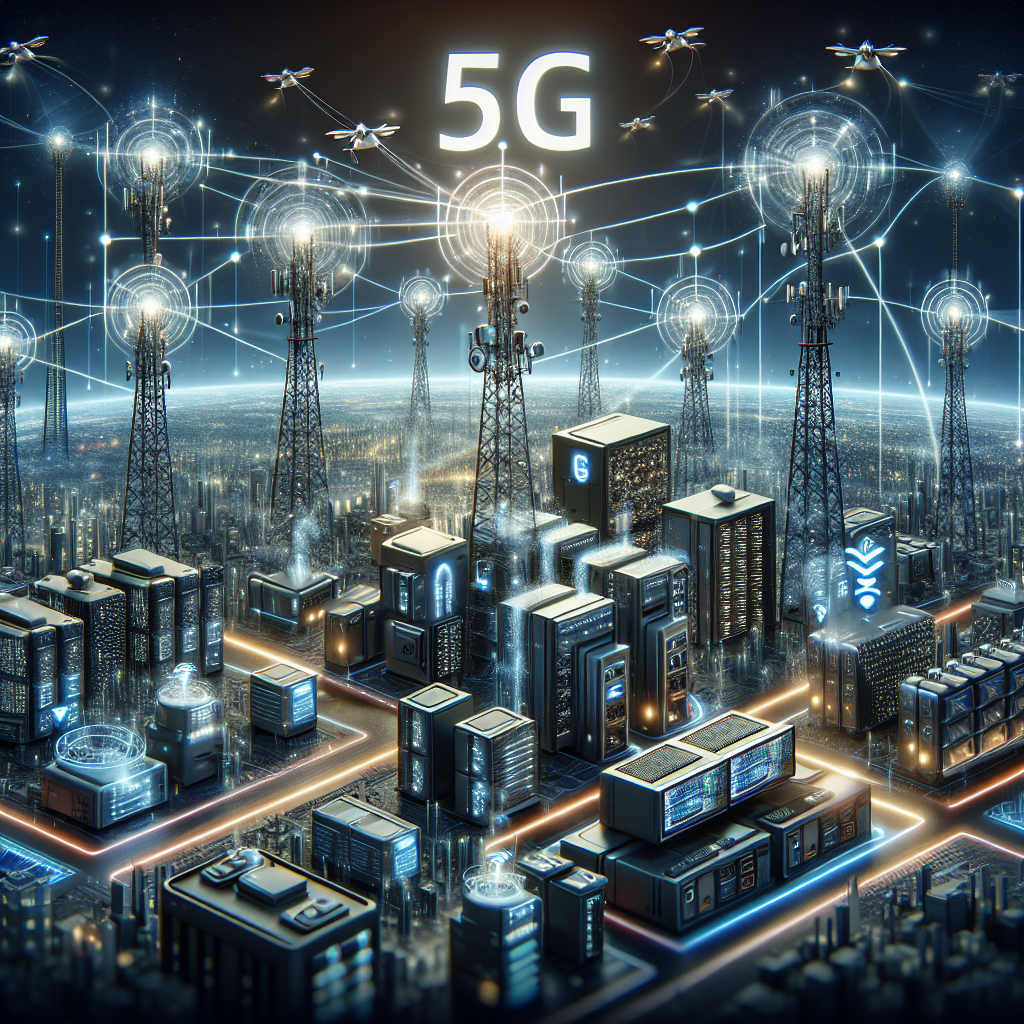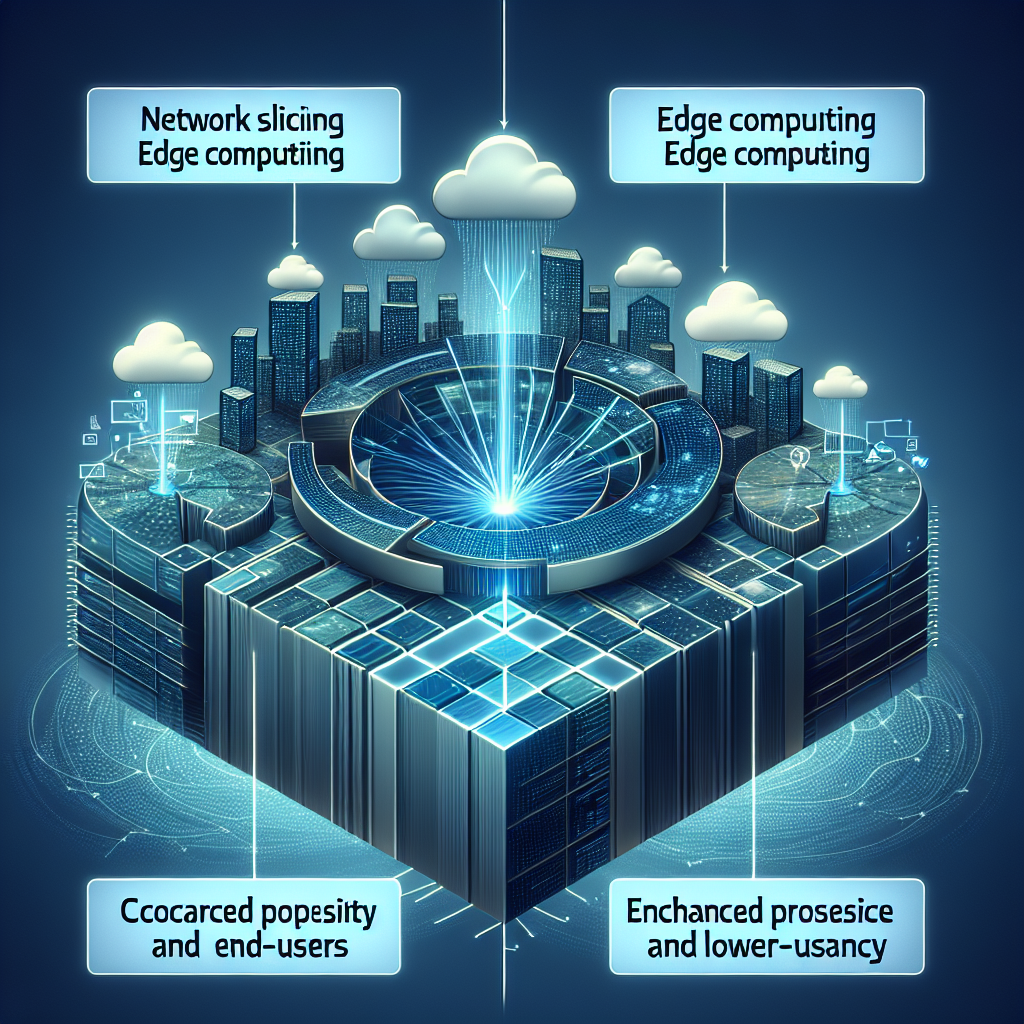
Embracing the counterintuitive reality of technological evolution, we are stepping into a paradigm where bottlenecks, often perceived as challenges, are being repositioned as catalysts specifically in our quest for digital sovereignty. This guide will dissect the artistry of implementing 5G technology to manifest resilient and integral future networks.
Let’s begin with understanding the dynamic foundations of 5G. This technology is not merely a linear enhancement in speed and bandwidth, it’s a quantum leap in network engineering that paves the way for real-time interactivity and near-zero latency applications. It’s a compelling symphony of intricate orchestration between enhanced Mobile Broadband (eMBB), Ultra-Reliable and Low Latency Communications (URLLC), and Massive Machine Type Communications (MMTC).
The first step, manifesting the solution, involves a radical shift in approach from focusing on network addition to network architecture transformation. This includes a move from the traditional Core and RAN architecture to a more distributed, cloud-based, and virtualized approach. Consider it the Morphing of the Current Network.

Moving on to the second step, actualizing fragmentation, it is all about creating room for diverse players. This competitive divergence will ensure robustness via parallel redundancy and will grant resilience to the digital infrastructure.
The third step, optimizing resilience, revolves around leveraging network slicing and edge computing. By partitioning a single physical network into multiple virtual networks, each with different attributes tailored for distinct use-cases, we can maximize resilience in the face of unexpected adversities.
Speaking of advanced inflection techniques, they involve AI and machine learning algorithms for orchestrating and managing complex network operations. Moreover, Quantum Leap Strategies call for a futuristic outlook. They include plans for technologies like 6G and beyond, which are predicted to usher in a new era dominated by advanced human-machine interfaces and high-fidelity mobile holograms.
Sovereignty integration involves harnessing the complementary virtues of 5G and blockchain to ensure data integrity, secure transactions, and privacy. It gives rise to a digitally sovereign ecosystem that is resilient, transparent, and self-governable.
Troubleshooting uncertainty, in the context of 5G deployment, involves developing strategies to manage and mitigate risks related to security vulnerabilities and interference issues.
On the road to this digital revolution, it is essential to pay heed to Pro Tips and Best Practices. Some of these include implementing stringent security measures, fostering an open and interoperable ecosystem, and promoting inclusivity and digital literacy among users.
In this pursuit of revolutionary mastery, we are not just adapting networks for the future, but shaping the future itself – a future where connectivity is ubiquitous and inclusive, enabling humanity to thrive beyond all boundaries.
And thus, in the neural culmination of this guide, we have not just traversed the how-to steps of implementing 5G technology for a digitally resilient future but also explored how bottlenecks could turn into sovereign catalysts. As we unlock the immense potential of 5G, we are fueling a technological revolution that will reshape our world – bringing humanity and technology, closer than ever.
